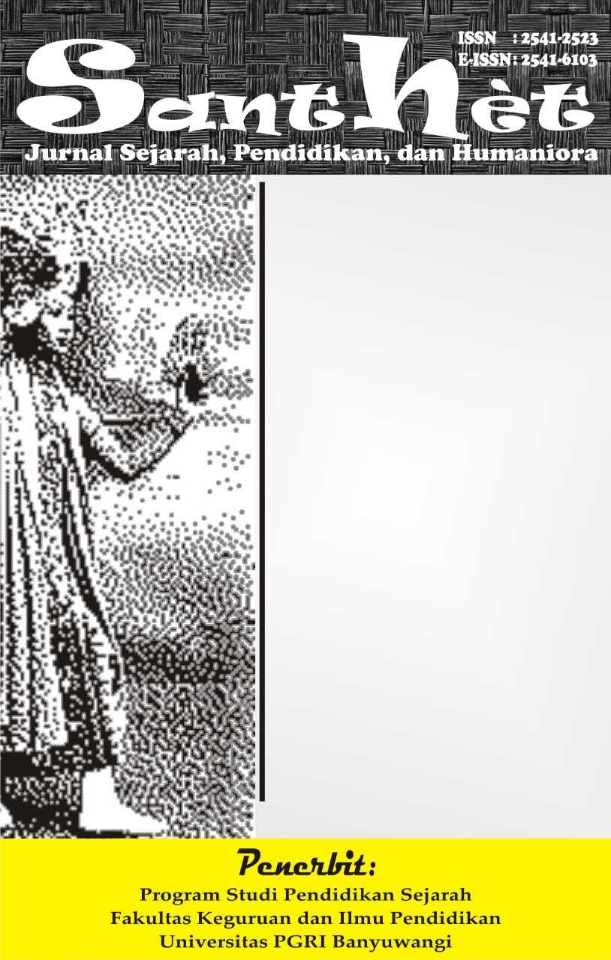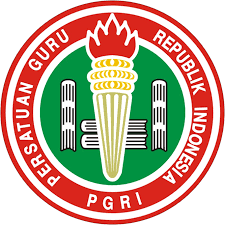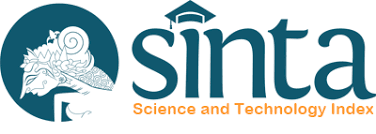HISTORY OF PAGOEJOEBAN PASOENDAN 1913-1942
DOI:
https://doi.org/10.36526/santhet.v8i1.3586Keywords:
Paguyuban Pasundan, GAPI, PPPKIAbstract
The study was entitled "HISTORY OF PAGOEJOEBAN PASOENDAN 1913-1942". The author takes the topic of Paguyuban Pasundan with the title above, because based on the results of the literature study that the author did, that there are still few works that discuss Paguyuban Pasundan, even though the role of Paguyuban Pasundan as an organization has a major impact on the Indonesian independence movement both nationally and West Java. The author sets out three formulations of the problem in this paper, namely, What is the history of the birth of the Pasundan Community? What is the ideology of Paguyuban Pasundan organization? How were the organizational activities of Paguyuban Pasundan in 1927-1942? The method used is a historical method consisting of four stages, namely: Heuristics, Criticism, Interpretation, Historiography, and is also assisted by using an interdisciplinary approach from the social sciences. The technique that the author uses is a literature study related to the theme that the author is studying. Based on the results of the literature study that the author conducted, that Paguyuban Pasundan was born becauseof disappointment with Budi Utomo's organization which prioritized the interests of Javanese and Madurese. So because of these factors, an organization that accommodates Sundanese people was established, namely Paguyuban Pasundan. At the beginning of the establishment of the Paguyuban Pasundan organization moved for the benefit of the Sundanese people but turned into a national interest as evidenced by the period 1927-1942 establishing PPPKI, GAPI and active in the Volksraad.
References
Amin, S. (1984). Perjoangan Paguyuban Pasundan, 1941-1942. Bandung: Sumur Bandung.
Andre, B. I. (2017). “Kiprah Politik Paguyuban Pasundan Periode 1927-1959.” DIAKRONIKA 17(1), 76–89.
Ba’in, S. (1996). “Terbentuk Dan Runtuhnya Negara RIS 1945-1950.” Program Studi Ilmu Sejarah Pascasarjana Universitas Indonesia. Jakarta.
Daliman, A. (2012). Metode Penelitian Sejarah. Yogyakarta: Penerbit Ombak.
Dimyati, & Muhammad. 1950. Sedjarah Perdjuangan Kemerdekaan Indonesia. Jakarta: Yayasan Pembangunan.
Edi, S. (2004). Fatimah In West Java Moral Admonitions to Sundanese Gentlewomen. Bandung: Pusat Studi Sunda.
Ekadjati, A. (2004). Paguyuban Pasundan Sebuah Kebangkitan Kembali Orang Sunda 1913-1918. Bandung: Ar-Ruzz.
Erawan, F., & Memed, N. (1991). Paguyuban Pasundan Di Tengah-Tengah Kancah Perjuangan Bangsa. Bandung: Mandalawangi.
Falah, S. (2010). Sejarah Kota Tasikmalaya 1820-1942. Tasikmalaya: Pemkab Tasikmalaya.
Kartini, & Tini. (1979). Daeng Kanduruan Ardiwinata Sastrawan. Jakarta: Pusat Pembinaan dan Pengembangan Bahasa.
Lubis, & Nina, H. (2003). Sejarah Tatar Sunda, Jilid 2. Bandung: Satya Historika.
Lubis, & Nina, H. (2012). Sejarah Kabupaten Karawang. Jakarta: Bulan Bintang.
Mulyana, A. (1999). Pergumulan Elite Sunda Pada Massa Revolusi: Kasus Berdiri Dan Bubarnya Negara Pasundan 1947-1950. Dalam Sri Sutjiatiningsih (Ed.), Kongres Nasional Sejarah 1996 Subtema: PEMIKIRAN DAN ANALISIS TEKS SEJARAH II. Jakarta: CV Ilham Bangun Karya.
Nitisastro, & Widjojo. (1970). Population Trends in Indonesia. New York: Cornell University Press.
Notosusanto, N. (1964). Hakekat Sejarah Dan Azas-Azas Metode Sejarah. Bandung: ISBA.
Ramelan, H. (1983). “Sejarah Pagoejoeban Pasoendan (1914-1982).” Skripsi Jurusan Ilmu Sejarah Fakultas Sastra Universitas Indonesia.
Ricklefs, M. C. (2008). Sejarah Indonesia Modern 1200-2008. Jakarta: penerbit Serambi.
Sitorus, L. M. (1947). Sedjarah Pergerakan Kebangsaan Indonesia. Jakarta.
Suharto. (2002). Pagoejoeban Pasoendan 1927-1942 (Profil Pergerakan Etno - Nasionalis). Bandung: Satya Historika.
Utomo, B. (1995). Dinamika Pergerakan Kebangsaan Indonesia Dari Kebangkitan Hingga Kemerdekaan. Semaranng: Ikip Semarang Press.





























